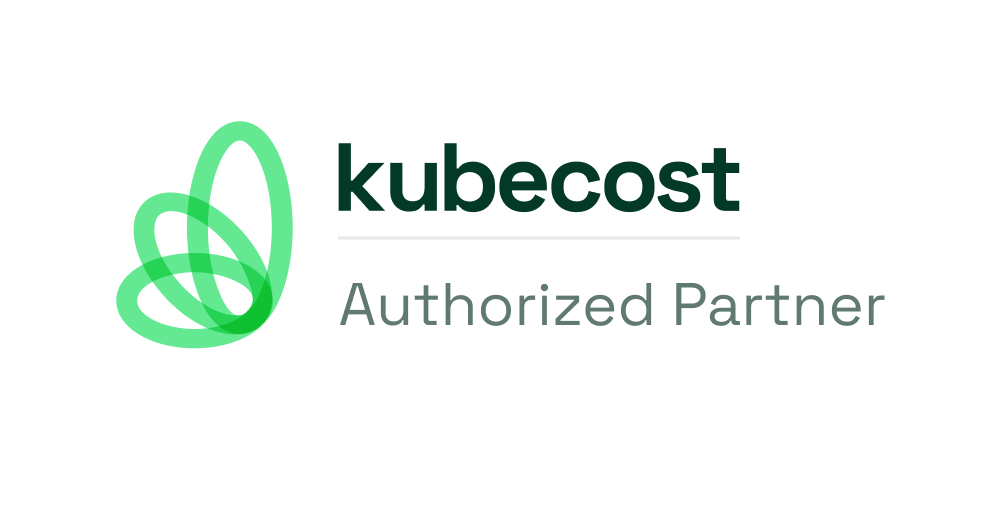Kubernetes has become the de facto standard for container orchestration, providing robust, scalable, and automated management of containerized applications. However, adopting and managing Kubernetes comes with its own set of challenges.
In this high level overview, we look at the biggest concerns organizations face when running Kubernetes and offer guidance on how to address these issues, including leveraging Project Calico for network security and Kubecost for resource management.
Complexity of Kubernetes
Steep learning curve: Kubernetes has a complex architecture with numerous components and abstractions, which can be overwhelming for new users.
Configuration management: Managing and maintaining Kubernetes manifests and configuration files can be tedious and error-prone.
Troubleshooting: Diagnosing and resolving issues in a distributed Kubernetes environment can be difficult, especially when dealing with multiple layers of abstraction.
Security and Compliance
Cluster security: Ensuring the security of the Kubernetes cluster, including control plane components, worker nodes, and network configurations, is essential to protect against potential threats.
Securing container images: Ensuring that container images are free from vulnerabilities and securely stored in a trusted registry is vital for application security.
Access control and RBAC: Implementing fine-grained access control policies and Role-Based Access Control (RBAC) is crucial to limit the potential impact of security breaches.
Compliance requirements: Meeting industry-specific compliance requirements, such as GDPR, HIPAA, or PCI-DSS, adds another layer of complexity to managing Kubernetes environments.
Network security with Project Calico: Utilizing Project Calico, an open-source networking and network security solution, can help enforce network segmentation and secure communication between Kubernetes pods.
Monitoring and Observability
Monitoring multiple layers: Monitoring the health and performance of the Kubernetes control plane, worker nodes, and individual containers is essential for ensuring application reliability.
Log aggregation and analysis: Collecting and analyzing logs from various Kubernetes components and applications can be challenging due to the distributed nature of the environment.
Distributed tracing: Implementing distributed tracing to gain insights into application performance and dependencies in a microservices architecture can be complex.
Scaling and Resource Management
Autoscaling: Implementing and fine-tuning autoscaling policies to ensure optimal resource allocation can be challenging, especially in a dynamic container environment.
Managing resources: Effectively managing CPU, memory, and storage resources across the cluster is crucial for maintaining application performance and preventing resource contention.
Handling stateful applications: Managing stateful applications with persistent storage requirements can be more complex in a Kubernetes environment due to the ephemeral nature of containers.
Cost optimization with Kubecost: Integrating Kubecost, an open-source cost management tool, can help organizations monitor, analyze, and optimize their Kubernetes resource usage, resulting in cost savings and more efficient resource allocation.
Addressing these Concerns
Training and education: Invest in training and education to help your team become proficient in Kubernetes and related tools.
Leverage managed Kubernetes services: Managed Kubernetes services, such as Amazon EKS, Azure AKS, or Google GKE, can help reduce the operational burden and simplify cluster management.
Implement security best practices: Follow Kubernetes security best practices, such as the principle of least privilege, network segmentation, and regularly scanning container images for vulnerabilities. Utilize Project Calico for network security and policy enforcement.
Adopt observability tools: Utilize monitoring, logging, and tracing tools specifically designed for Kubernetes environments, such as Prometheus, Grafana, Fluentd, or Jaeger.
Optimize resource management: Use Kubernetes features like resource requests, limits, and quality of service (QoS) classes to manage resource allocation effectively. Leverage Kubecost to gain insights into your Kubernetes resource usage and identify cost optimization opportunities.
Learn More
Running Kubernetes presents several challenges, including its inherent complexity, security concerns, monitoring and observability, and scaling and resource management. By addressing these concerns through training, leveraging managed services, implementing best practices, and adopting the right tools like Project Calico and Kubecost, organizations can successfully navigate the complexities of Kubernetes and fully benefit from its powerful container orchestration capabilities.
Contact us to learn more.








